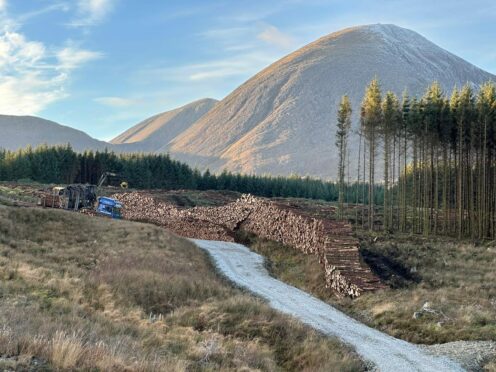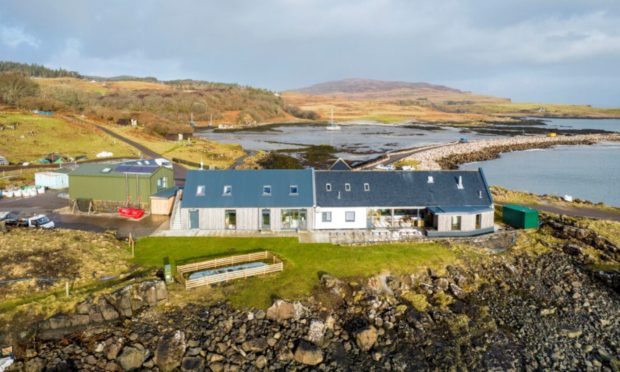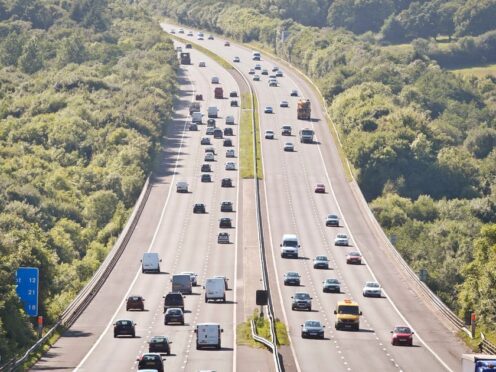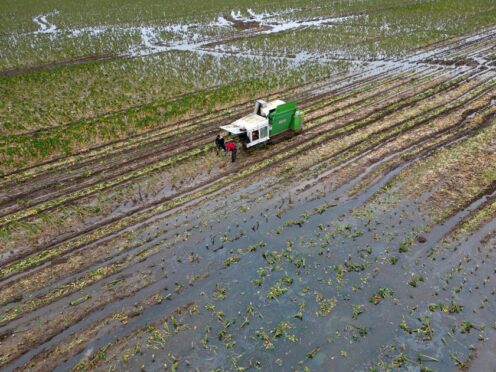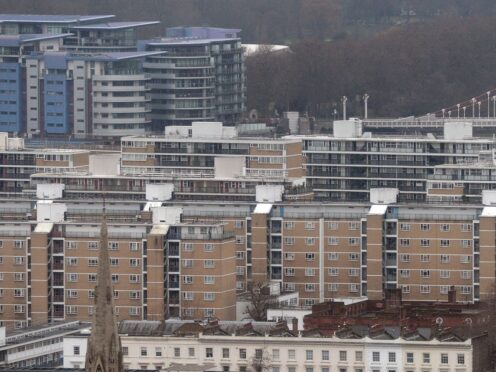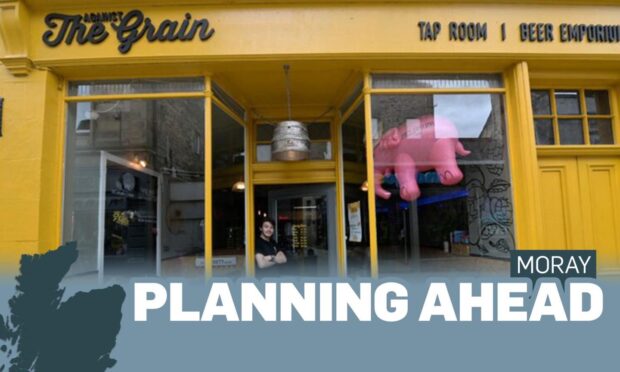Like many parts of the UK economy, timber is currently experiencing a dip in demand, with a corresponding fall in prices as the impacts of inflation and high interest rates hit the pockets of the public. However, the long-term trend is very much up and set to continue. The World Bank estimates that timber demand globally will quadruple by 2050.
-
Some Press and Journal online content is funded by outside parties. The revenue from this helps to sustain our independent news gathering. You will always know if you are reading paid-for material as it will be clearly labelled as “Partnership” on the site and on social media channels.
This can take two different forms.
“Presented by”
This means the content has been paid for and produced by the named advertiser.
“In partnership with”
This means the content has been paid for and approved by the named advertiser but written and edited by our own commercial content team.
Timber is increasingly recognised as having a vital role to play in locking up carbon in the built environment when we use it in construction and in substituting for materials that have a significantly higher carbon footprint, such as concrete and steel.
Recognising this, the UK government has set a target for 40% of new builds per annum to be constructed with timber frame by 2050. The current figure is 18% per annum across the UK, with England sitting at only 9% and Scotland far higher, close to 80%. A notable change in attitude from housebuilders and buyers is required to achieve this target.
Sourcing timber to meet our needs
So where will the timber that our construction industry needs come from? The UK currently imports more than 80% of the timber it uses. We desperately need to reduce our reliance on imported material.
This is not only because of our timber trade deficit (a staggering £11.5 billion in 2022) but also our overseas environmental and social impacts. The UK timber sector is highly regulated, but this isn’t universal and not all the timber we import is from well-managed forests. We must be aware of our impacts elsewhere on fragile forests globally.
However, in the UK we are forecast to have a decreasing availability of home-grown timber from the late 2030s. This is due to the impact of a reduction in commercial tree planting from the early 1990s until recent years. We must address the issue of increasing demand and a decreasing resource of sustainable, regulated, home grown timber.
Plantation woodland produces more than one third of the world’s industrial timber despite making up less than 5% of the total forest area. This demonstrates the importance that large forests play in sustaining timber supplies in a global market where demand for wood products is growing. We can focus timber production on smaller areas to increase productivity whilst reducing our reliance on natural forests at great environmental cost.
Wood producing forests benefit environment
In the UK, our wood-producing forests support a wide range of native species such as red squirrels, wood mice and sea eagles. Even the rare Scottish Wildcat is mainly found in wood-producing forests, as the pattern of felling trees and replanting creates valuable wildcat hunting territory. It is now recognised that large wood-producing UK forests represent a net gain in biodiversity when compared to the previous land use. They are creating valuable and, in some cases, crucial habitats.
With global demand for timber rising, an increase in logging in natural forests in countries such as Cameroon and Brazil appears inevitable. This logging is often illegal, exacerbated by poor law enforcement and increases deforestation in these counties. This creates carbon loss and has a significant negative impact on biodiversity-rich forests. This is a global issue that affects us all.
By increasing and using our own wood-producing forests, we will reduce the negative impacts on the planet’s natural woodlands. By doing that, we will reduce our own carbon footprint and create positive gains for UK biodiversity.
We need to increase our new planting rates of all types of woodland, including productive coniferous forests. Here in the UK, such forests provide a sustainable future wood supply – vital for timber security, a strong rural economy, biodiversity and increasing carbon sequestration and storage.
Find out more about Scottish Woodlands.
